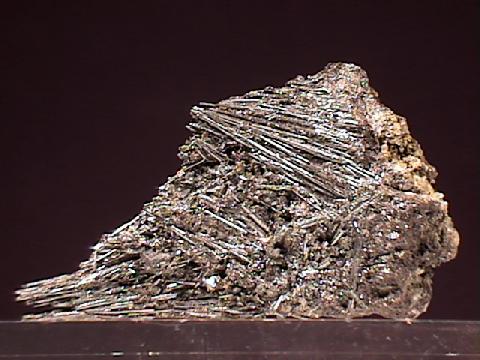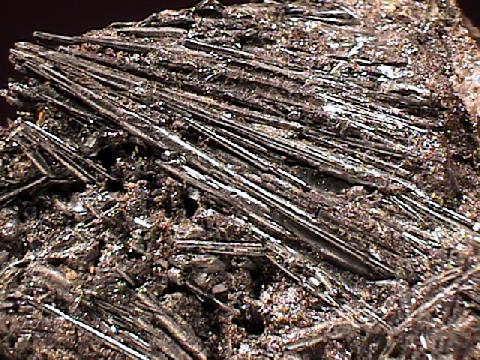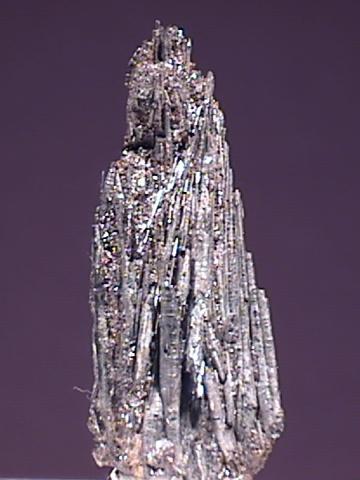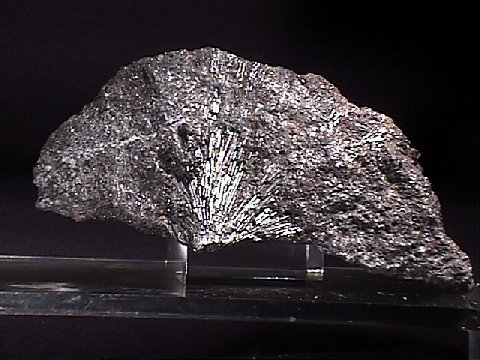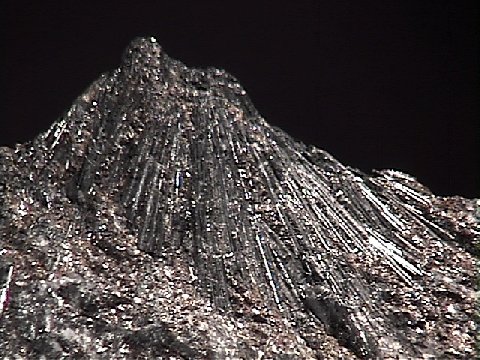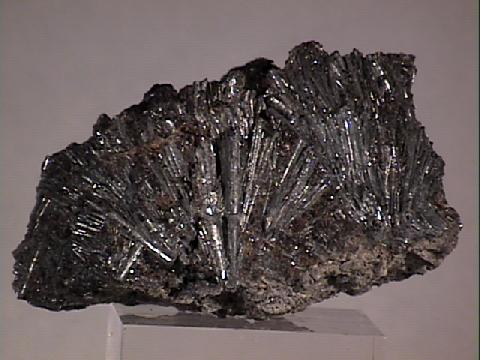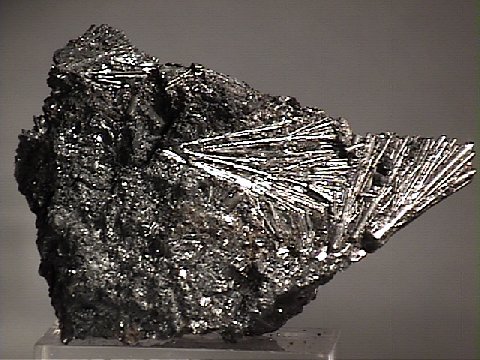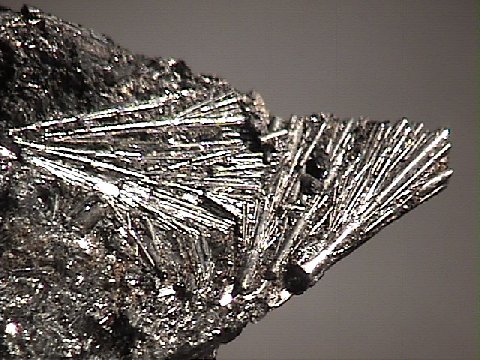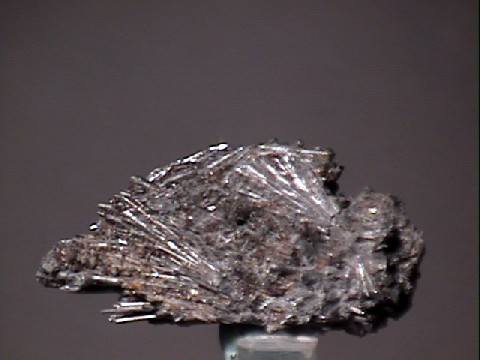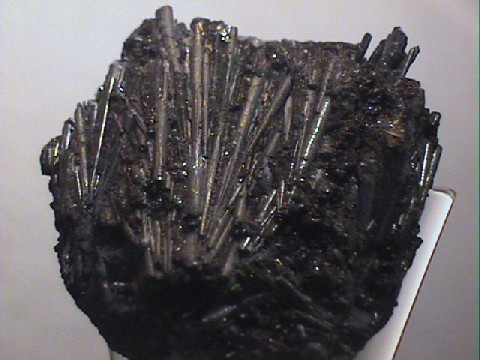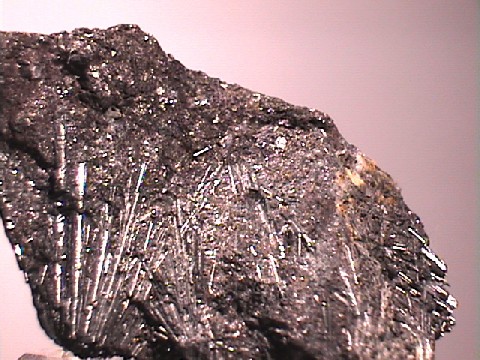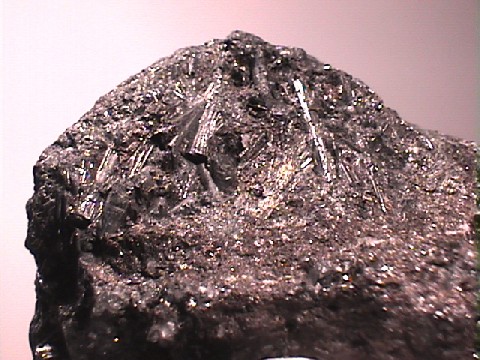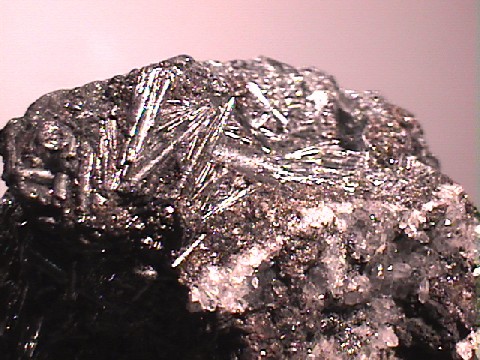 THE MINERAL CYLINDRITE
THE MINERAL CYLINDRITE
- Chemistry: FePb3Sn4Sb2S14, Iron Lead Tin Antimony Sulfide
- Class: Sulfides
- Subclass: Sulfosalts
- Uses: Mineral specimens and as a very minor ore of lead and tin.
Specimens
Cylindrite is a most unusual sulfide mineral. It has an extremely unique crystal habit- one so unique that it pretty much corners the market on this crystal habit. Cylindrite as its name implies, forms cylindrical crystals. The crystals are actually coiled sheets that give the appearance of having been rolled into tubes or cylinders. Under pressure the sheets, often described as leaves or shells, become uncoiled. The only crystal habit similar to this is at a microscopic level and occurs with chlorite and serpentine and results in tubes resembling hairs. Cylindrite's tubes are visible to the eye, but may require a hand lense or loop to see the fine detail. With this unusual crystal habit, cylindrite is a must have for someone who likes one-of-a-kind forms.
PHYSICAL CHARACTERISTICS:
- Color is iron black to gray.
- Luster is metallic.
- Transparency: Crystals are opaque.
- Crystal System is trigonal, but is in dispute.
- Crystal Habit is extremely unique. Crystals form small wrapped cylinders (hense the name) that look like tubes or rolls of metallic cloth. Also found massive.
- Cleavage: None.
- Fracture: Conchoidal to uneven.
- Hardness is 2.5
- Specific Gravity is 5.4 - 5.5 (somewhat heavier than average for metallic minerals)
- Streak is black.
- Other Characteristics: Under pressure, cylinders will separate into curved shells or leaves.
- Associated Minerals include
pyrite,
sphalerite,
cassiterite,
teallite and franckeite. - Notable Occurrences are limited to Mina Santa Cruz, Poopo, Oruro, Bolivia and a few other tin sulfide deposits.
- Best Field Indicators include the very unusual crystal habit as well as the locality, softness, color and luster.

